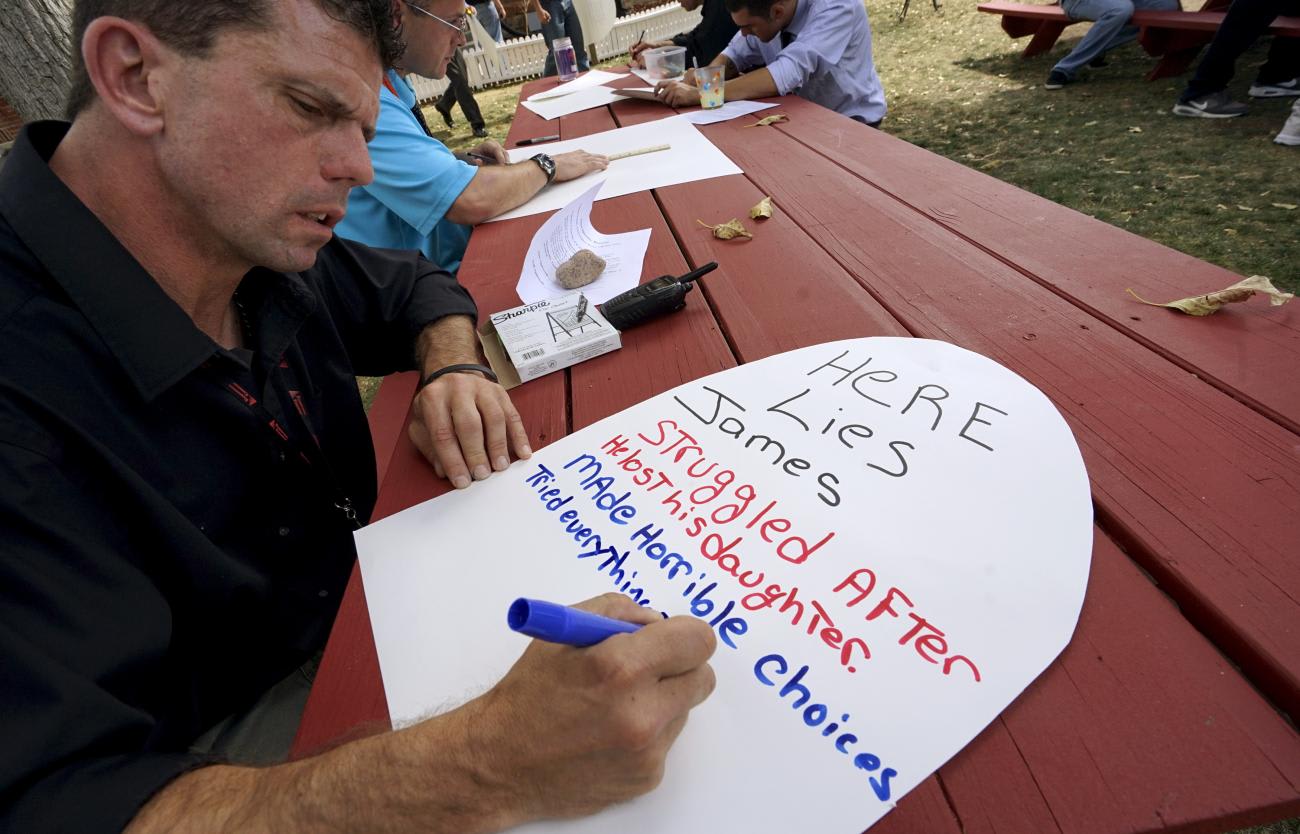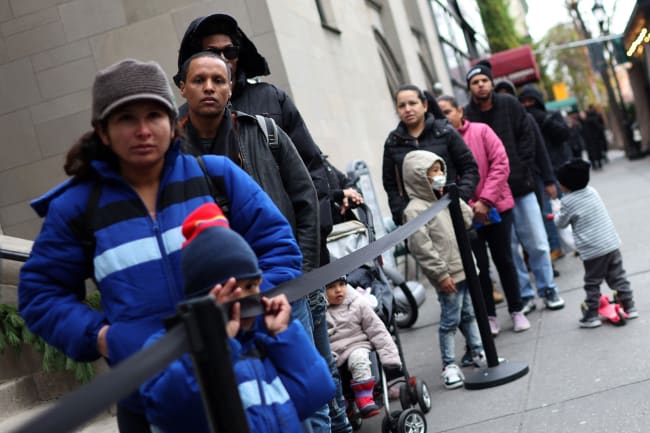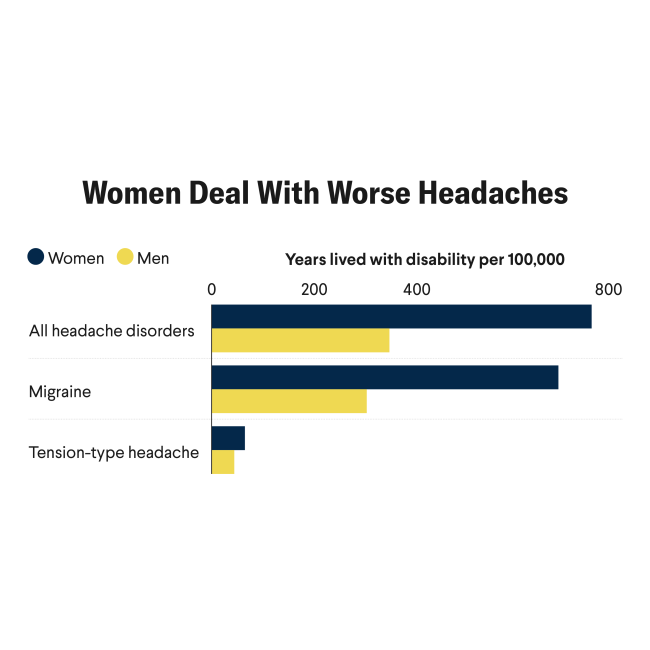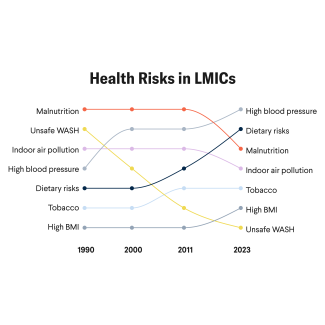Last June, I decided to seek professional mental health support after silently battling anxiety and posttraumatic stress disorder (PTSD) for more than two decades. As a male survivor of sexual assault, I had long tried to repress the traumatic memories of my childhood abuse, believing that ignoring those experiences would make the pain disappear. However, after reaching a breaking point, I realized that it was critical to confront the wounds inflicted during my history of sexual trauma.
Part of this epiphany came from navigating the U.S. health-care system, which revealed how men's mental health is widely neglected and overlooked. Many social and institutional barriers deter men's accessibility to proper care. Several resources geared toward helping boys and men struggling with mental health issues are limited and largely absent from health policy discussions.
This neglect stems from the tendency to minimize men's mental health problems, which often fail to receive the same level of mainstream political attention as women's issues.
How Trauma Silently Shapes Men's Health
A clear example of this issue is the medical professionals' tendency to overlook men's struggles with mental health. Although data shows that men experience slightly more traumatic events than women, fewer men meet the criteria of PTSD, determined by the DSM-5 standard classification of mental disorders in the United States. Although most recent lifetime prevalence estimates indicate that 5.7% of men relative to 12.8% of women have PTSD, the discrepancy is not due to a lack of trauma exposure, but instead a combination of factors that influence the diagnosis and reporting of PTSD among men.
Although data shows that men experience slightly more traumatic events than women, fewer men meet the criteria of PTSD
One of those factors is the cultural stigma surrounding male vulnerability and emotional expression. Culturally, men are socialized to suppress emotions and prioritize physical toughness, traits frequently portrayed as "essential" to being a man in the United States. These expectations are sustained through the reinforcement of traditional gender roles and hegemonic masculinity, particularly in the media.
Despite decades of research demonstrating the negative effects that these roles have on men, the pressure to conform to these ideals persists. These norms cultivate a culture of shame and silence that discourages men from seeking help, but also leads to the underreporting of symptoms, further preventing them from pursuing treatment.
In addition to the social pressures that men face, another significant factor obscuring men's experiences with trauma is the historical and ongoing exclusion of men from mental health research. Historically, boys and men have been largely underrepresented in psychological trauma research, and their experiences have often been mischaracterized or ignored. For instance, in Trauma and Recovery, Judith Hernan notes that the connection between men and trauma was first widely recognized only after World War I. Even then, however, it was primarily acknowledged through the lens of war and physical violence.
Their experiences were often dismissed or stigmatized; according to Hernan, rather than being seen as victims of trauma, many men were emasculated in the process—classified as "moral invalids" or "constitutionally inferior human beings." This historical context shaped early perceptions of men's trauma and laid the foundation for the underdiagnosis of mental health issues in men today.
An additional challenge that contributes to the silencing of men's trauma is the lack of social and institutional recognition of men as victims of emotional, physical, and sexual violence. For instance, in 1995, Matthew Mendel, the author of The Male Survivor: The Impact of Sexual Abuse, conducted the first national survey among male survivors of sexual abuse in the United States. His study revealed that sexual abuse toward boys and men in the United States is largely underreported, mainly because of the failure of social and state institutions to acknowledge males as victims of abuse.

Today, approximately 90% to 95% of all male sexual violations go unreported. According to RAINN (Rape, Abuse & Incest National Network), about 3% of American men have experienced an attempted or completed rape in their lifetime. (The rate is three times higher in women.) However, resources geared toward helping male survivors of sexual violence in the United States are limited. Spaces for male survivors to find support are scarce but also often privatized, limiting access to proper mental health care to those who can afford it. This scenario means that in the United States, many men—possibly a friend, a family member, a professor, or even a stranger in the subway—carry immense emotional burden, a pain that is perpetuated by the lack of proper health-care infrastructure and social stigma surrounding male vulnerability.
Despite these barriers to mental health access and social support, research shows that men are just as likely to experience trauma-related disorders as women, yet a significant gap in diagnosis remains. This discrepancy, however, is not due to biological differences but rather driven by sociocultural factors, mainly the societal pressure to conform to traditional gender roles and masculine norms. The expectation that men should embody traits such as stoicism, emotional restraint, and self-sufficiency has been shown to limit men's help-seeking behaviors in the long term.
These gendered expectations affect men's willingness to speak up about their struggles with mental health, and influence how health-care professionals diagnose and treat mental health disorders. Stereotypes surrounding masculine identity can limit medical professionals from accurately identifying early symptoms of trauma-related disorders in men.
Most Common Types of Trauma
Highlighting the need for greater awareness, a 2018 American Psychological Association (APA) working group report identified five major prevalent types of trauma that affect males in the United States, including interpersonal violence, sexual assault, combat experiences, historical trauma (trauma passed down through generations due to historical events), and race-based trauma.
Today, approximately 90% to 95% of all male sexual violations go unreported
However, the report also highlights the racial and ethnic discrepancies in men's health. This is because, in the United States, boys and men at the intersections of social identities, communities, and groups who have been historically oppressed have more pronounced health disadvantages. For instance, boys and men of color are more likely to live in poverty, receive a lower-quality education, face higher incarceration rates, be exposed to toxic substances, encounter crime threats, and struggle with meeting basic needs. Additionally, racial and ethnic discrimination deters historically marginalized men from attaining and sustaining good mental and physical health.
Addressing the men's mental health crisis therefore requires the societal and institutional recognition that men's health problems are rooted in gender stereotypes that discourage help-seeking behaviors in men, but also in systemic and structural health and social inequities that increase men's vulnerability to trauma. These disadvantages contribute to worse health outcomes for men.
Men's Health Outcomes
Despite men having the highest suicide rate in the United States since the 1950s, they have been largely underdiagnosed with mental health disorders such as anxiety and depression. For instance, according to the U.S. Centers for Disease Control and Prevention (CDC), between 2000 and 2020, males had the highest death rate by suicide. In 2021, males aged 15 to 24 saw a sharp increase in suicide rates, white men accounting for 68.46% of these deaths in 2022.
Moreover, research shows that men experience worse health outcomes than any other demographic group, including higher levels of cancer incidence and mortality, cardiovascular disease, substance abuse, loneliness, and unintentional injuries. Despite this, health policies aimed at addressing gender-specific health challenges have not received the same level of prioritization as broader political agendas. The disparities in men's mental health care highlight the urgent need for comprehensive, gender-specific approaches to mental health treatment and support.

How to Address the Silent Crisis
Addressing the lack of awareness around men's health requires a multifaceted approach. It involves recognizing early signs of trauma in boys and men through comprehensive methods but also implementing policies that ensure that health-care services are racially, gender, and culturally sensitive. This means asking the right questions and challenging traditional perceptions of masculinity among health-care providers and families alike. It also means developing new approaches to policy, practice, and research that take full account of all aspects of gender, race, class, and sexuality.
For example, at the family level, parents must cultivate and environment of love where boys are not socialized to be "the man" society demands them to be, but instead empowered to find joy in connection with others. Parents should encourage boys to speak up about their feelings and emotions freely without fear of judgment or stigma. Parents should therefore embrace vulnerability, and model emotional openness, redirecting the stigma around vulnerability into a source of strength.
At the policy level, increased funding is needed for health-care facilities, research centers, and community organizations. Funding should be allocated to prioritize the study of how trauma affects men differently than women, particularly in the context of sexual violence, childhood abuse, and mental health disorders. Drastic transformations to health-care systems are also needed to ensure that they are accessible and welcoming to men, particularly those from marginalized communities.
On a societal level, collective efforts to dismantle harmful notions of traditional masculinity and manhood are essential. Most important, society need to acknowledge that men suffer, just as any other human being does. This means learning to listen to the needs and struggles of men, creating spaces where they feel safe expressing vulnerability, and challenging the stigma around seeking help.
Moreover, to effectively combat this "silent crisis," public health advocates, policymakers, community leaders, and families therefore should confront systemic barriers that deter men from accessing life-saving care. Doing so will involve promoting a societal environment in which men feel empowered to express emotional vulnerability without fear of stigma.
Such a cultural shift requires promoting new narratives that redefine masculinity and encouraging open discussions about mental health in schools, the workplace, and the home.
EDITOR'S NOTE: This story includes discussion of suicide. If you or someone you know needs help in the United States, please call the National Suicide and Crisis Lifeline: 988













